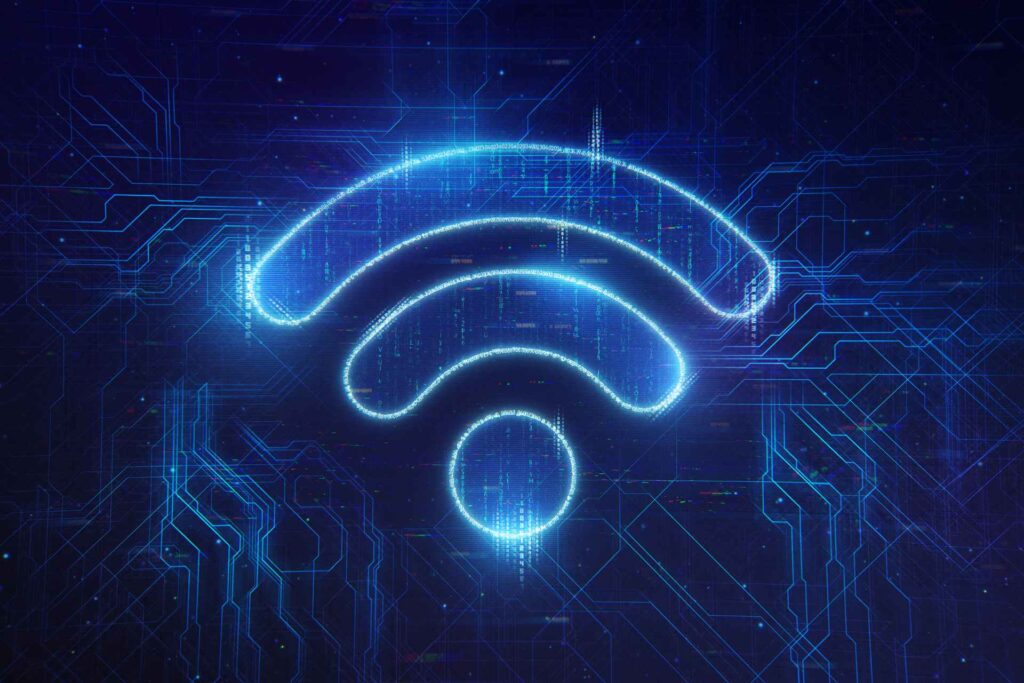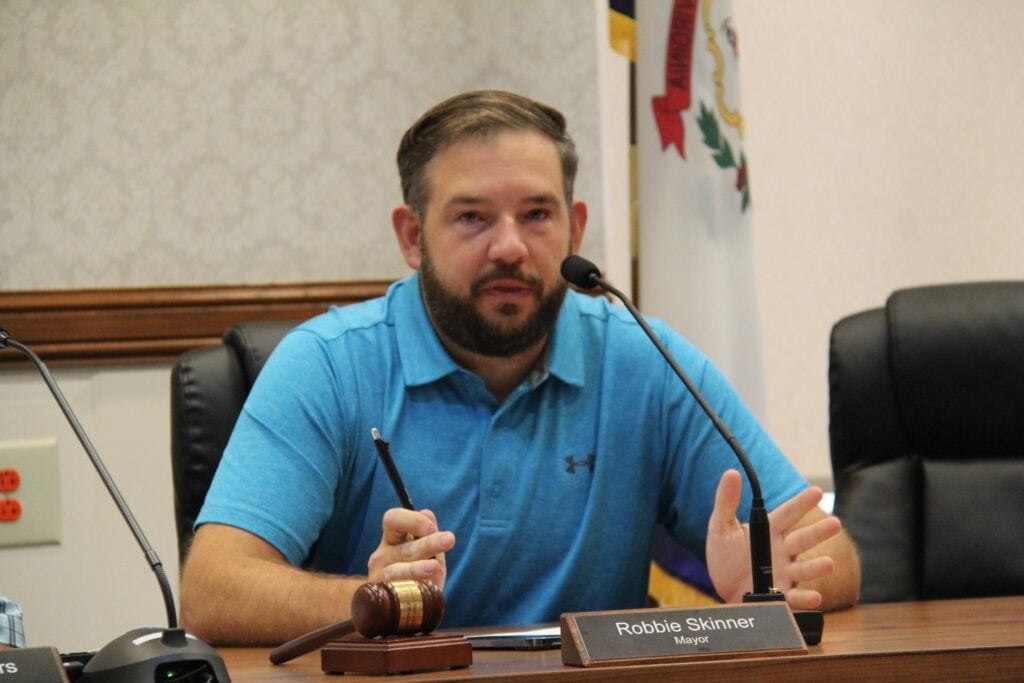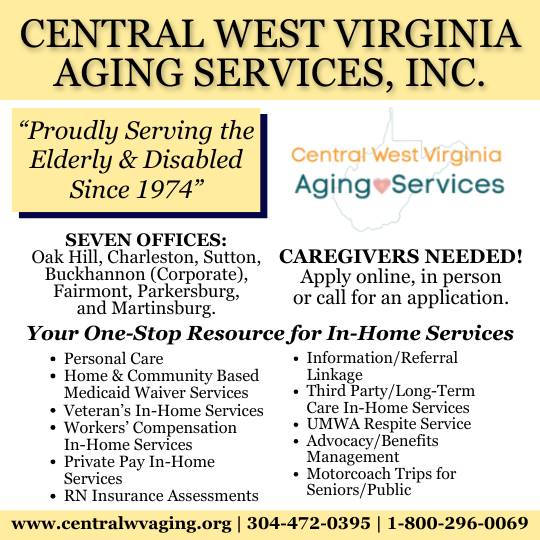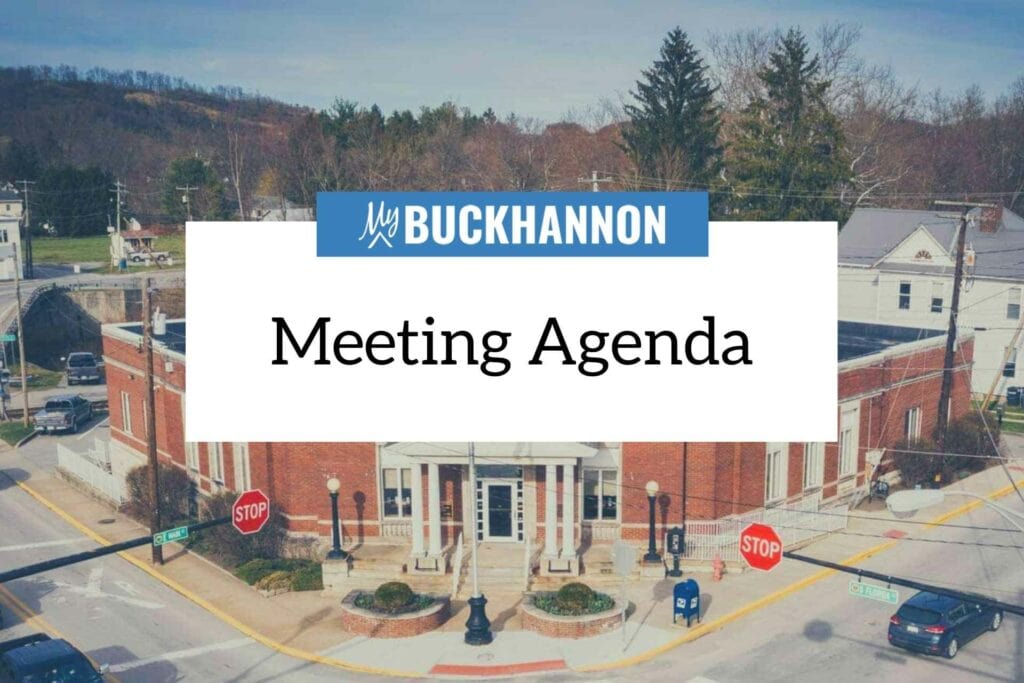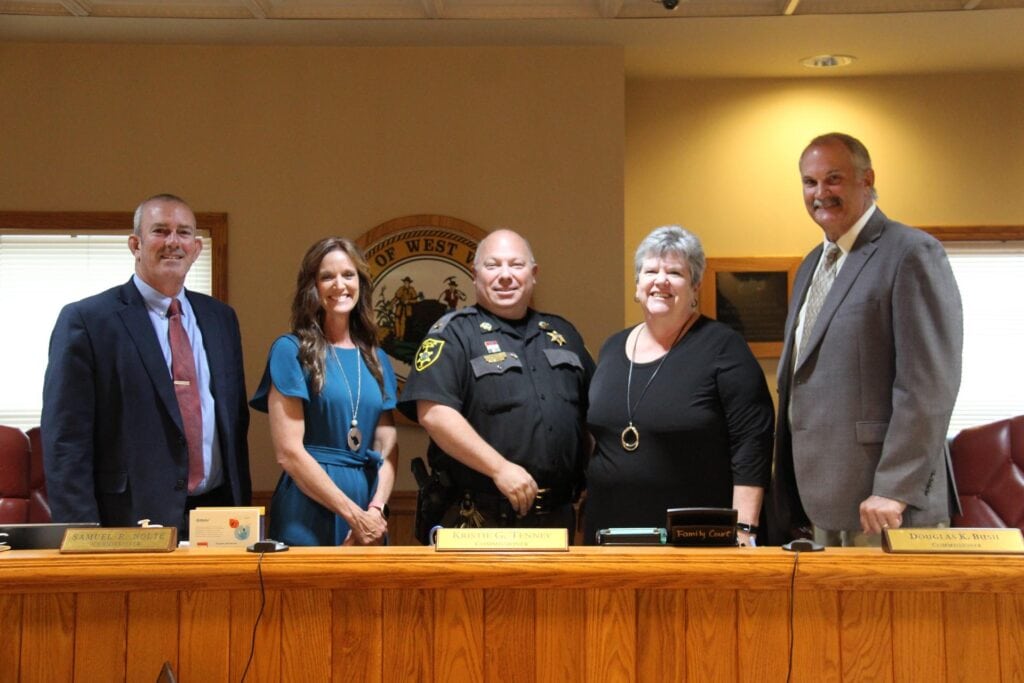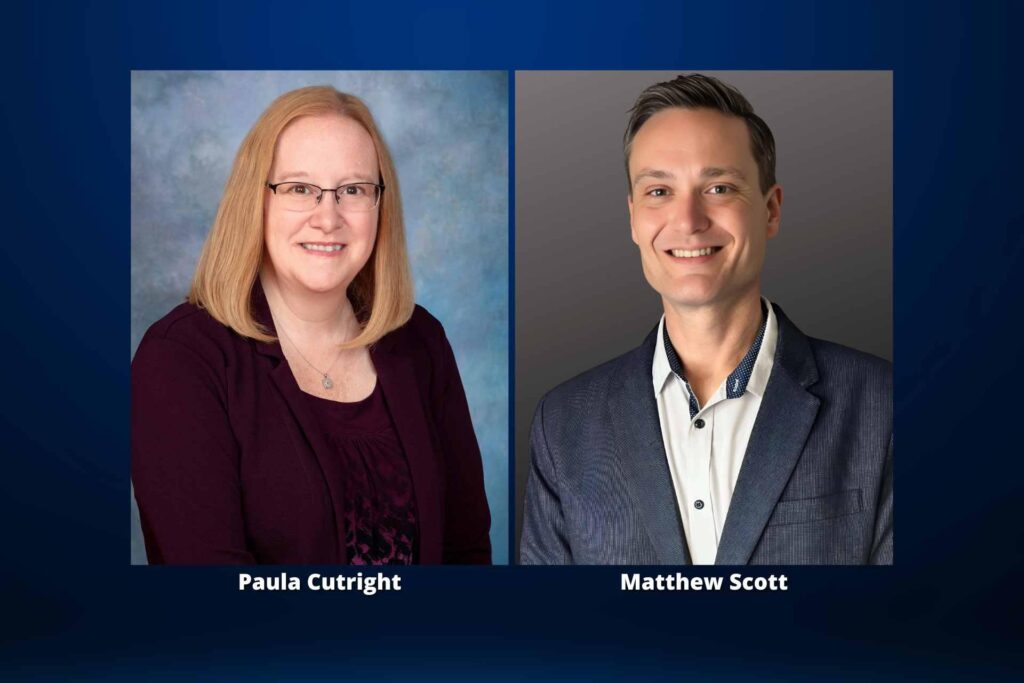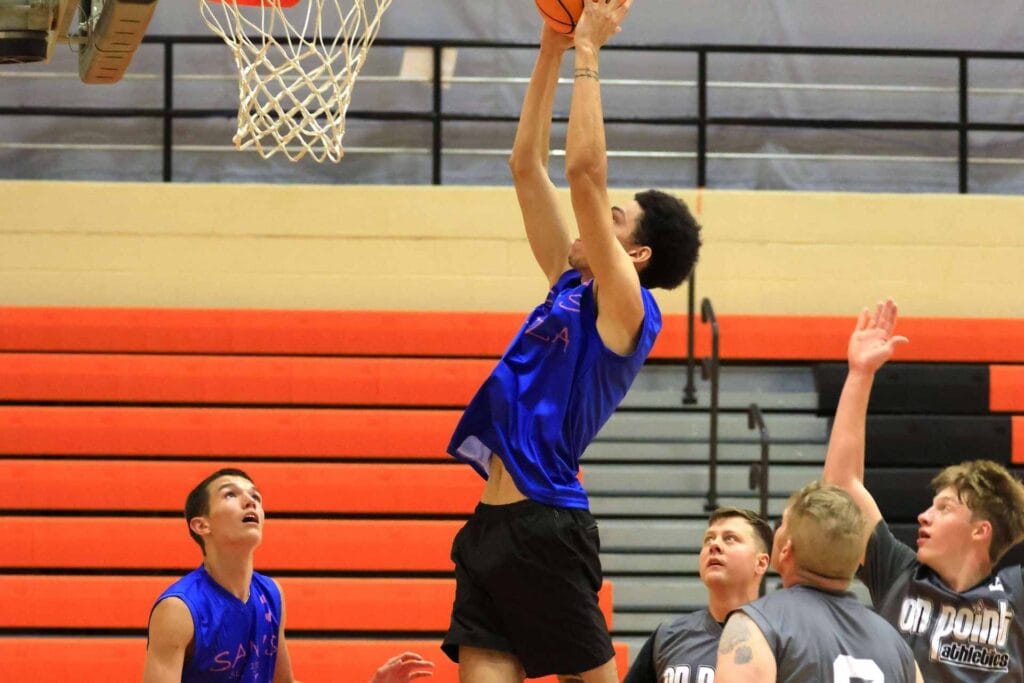Editor’s note: This story was originally published by Mountain State Spotlight. Get stories like this delivered to your email inbox once a week; sign up for the free newsletter at mountainstatespotlight.org/newsletter
P.R. Lockhart, Mountain State Spotlight
Accessing the internet is often a complicated issue in West Virginia, and the state historically ranks as one of the worst in the country for broadband. After years of failed internet promises, missed opportunities and funding struggles, state officials hope that a $1.2 billion infusion of federal cash will finally help West Virginians connect.
As it prepares for that federal money, the state is starting to provide more clarity on the exact issues the cash might address. Earlier this month, the West Virginia Office of Broadband released a draft of its digital equity plan, explaining how various disadvantaged groups in the state struggle with internet access and the improvements that could make things easier.
The 90-page report specifically focuses on the needs of these communities, and members of the public have been encouraged to submit feedback on the draft during a 30-day comment period that will end in late August. The state is also encouraging residents to fill out a broadband survey by the end of July, which will be used to better understand the types of issues people face with internet access and what improvements they want to see.
The digital equity plan will also likely be part of a larger five-year broadband expansion plan currently in the works. Both reports will be submitted to the federal government in the near future.
“This is a generational opportunity that comes around once in a lifetime, and we’re going to utilize this money to its fullest extent,” Mitch Carmichael, secretary of the state Department of Economic Development, told an audience at this week’s West Virginia Broadband Summit.
Here’s what you need to know about the state’s newest broadband report, and what the draft plan reveals about West Virginia’s internet priorities moving forward.
Plans for improving broadband are still under development — but some early priorities are becoming clear
Because the state is still very early in the planning process, much of the current draft report focuses on explaining the state’s current problems rather than highlighting specific solutions. But the draft plan does offer some insight into what are likely early priorities for state officials seeking to better understand exactly what’s wrong with West Virginia’s internet coverage.
For example, the report focuses heavily on how West Virginia’s unserved areas, the parts of the state where there is little or no internet access at all, desperately need to be connected. State officials have previously noted that these communities are a priority in the broadband effort. An estimated 35% of West Virginians live in an area that is either unserved or underserved when it comes to internet access.
The report also focuses on affordability and accessibility, noting that increasing access to the internet will mean little if it’s still unattainable for a large number of people. The draft report suggests that the state sees the existing Affordable Connectivity Program (ACP), a federal program that allows qualified households to pay far less — and in some cases nothing at all — for internet, as one possible solution to the problem. But also crucial is improving internet skills, be that in the basic digital knowledge of West Virginians, or in their improved comfort with devices like laptops and smartphones.
Access to the internet and internet-capable devices are a major problem
According to the U.S. Census Bureau, almost every West Virginian (97%) falls into one of eight groups, or “covered populations”, that have historically used the internet at lower rates. These groups, which include older individuals, veterans, incarcerated people, rural residents and communities of color, are being targeted by the federal effort to help disadvantaged communities. West Virginia has the highest percentage of covered groups in the country, marking it as a state that desperately needs improved internet access.
The draft plan highlights a key problem plaguing these groups and the Mountain State’s broadband more broadly: many people don’t have access to the internet, and even when people can connect, their internet is often low-quality, slow, and inconsistent.
But understanding exactly how many people are affected by these problems and where they live has been difficult. Earlier this year, West Virginia officials challenged how the federal government maps out the number of households with internet access in the state, arguing that the federal maps missed more than 100,000 people. State leaders eventually opted to create their own maps in addition to the updated federal ones.
And in a very rural state, geography is another big problem when it comes to determining how to expand broadband. “Metrics that just count the number of people in a square mile don’t work in West Virginia because of the geography,” said Joshua Meadows, the director of Data Driven WV, a group of WVU professors and students helping to analyze data about internet access and potential areas of need.
The problem, he notes, prompted his group to find new ways to determine how people in the most rural parts of the state struggle to access the internet.
Meadows’ group is part of the state’s Core Planning Team, a large group of organizations working with the West Virginia Office of Broadband to help analyze data, collect feedback from regional listening sessions and state surveys, and connect with other state agencies. Members of the group, which includes nonprofits, institutions like West Virginia University and Marshall University, private companies, and the state’s Department of Economic Development, are also looking into best practices to expand internet access.
Unfortunately, the issue isn’t just about access. Just 88% of West Virginians have internet-capable devices like laptops, smartphones, desktops and tablets. That’s lower than the U.S. as a whole, where 93% of people have a device that can access the internet.
West Virginia already has early goals for how many people it wants to connect
A clearer picture of exactly how the state plans to connect people will likely emerge in the coming months, but the state has already made some of its early connection goals clear. The draft report includes some targets for how many people the state wants to help, especially when it comes to internet affordability, increased access to devices, and building basic digital skills and knowledge.
One goal, for example, calls for the state to increase the number of households participating in the Affordable Connectivity Program. More than 300,000 households in West Virginia are eligible, but many people still do not know about the program. Officials want to increase the number of participating households from just above 100,000 to roughly 250,000 by 2028, the report notes that the state is working with local colleges and universities to help increase awareness of the program and is also using the new FCC maps to reach areas with coverage gaps.
State officials have also pinpointed the need to improve residents’ digital literacy skills so that more people can not only access the internet but know how to use it effectively. The report notes that the state will aim to improve the basic digital skills of West Virginians by at least 15%, adding that officials hope to partner with public libraries and community organizations to provide training to state residents. Officials have used public listening sessions, paper surveys, and other methods to help collect information about what skills West Virginians need, and plan to do more outreach in the future.
The state will release more information about its broadband effort in the future, and the first part of the broadband money could arrive next year. As things get underway, those working on the state effort say the goal is ultimately to help expand access to a crucial service.
“Broadband is the 21st century utility, it’s part of how we engage in society,” said Elizabeth Vitullo, the assistant dean of strategic initiatives at the WVU Chambers College of Business and Economics and the lead of Startup WV, another member of the state’s Core Planning Team. “I think that when we get this connectivity issue solved, we’re going to see the state be propelled forward in incredible ways.”
Reach reporter P.R. Lockhart at prlockhart@mountainstatespotlight.org.
